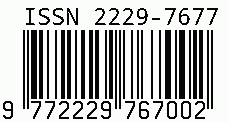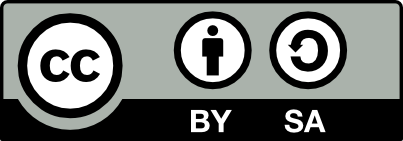
International Journal on Science and Technology
E-ISSN: 2229-7677
•
Impact Factor: 9.88
A Widely Indexed Open Access Peer Reviewed Multidisciplinary Bi-monthly Scholarly International Journal
Plagiarism is checked by the leading plagiarism checker
Call for Paper
Volume 16 Issue 4
October-December 2025
Indexing Partners



















When the Wipers Win: How Practitioner Training and Tool Diversity Predict Success Against Anti-Forensic Techniques
| Author(s) | Dr. Travis Eygabroad |
|---|---|
| Country | United States |
| Abstract | Anti-forensic techniques such as data wiping, encryption, and log tampering increasingly thwart digital investigations. This Year 1 survey of 83 practitioners examines whether formal cybersecurity credentials or the number of forensic platforms used predict perceptions of tool effectiveness and real-world anti-forensic encounter rates. We grouped training into “Trained” (CEH, EnCase Certified Examiner, CompTIA Security+, etc.) versus “Untrained,” and effectiveness ratings into “Effective” versus “Ineffective,” then applied Fisher’s Exact and χ² tests. A Kruskal–Wallis H test (with Mann–Whitney U follow-up) assessed ordinal ratings, and a negative-binomial GLM modeled yearly anti-forensic impact counts by training, role, tool diversity, and experience. None of the credential or tool-diversity predictors reached significance across analyses (all p > .12), suggesting that operational context and workflow integration—not résumé variables—drive both tool satisfaction and exposure to hiding techniques. Free-text responses identify practitioner priorities (e.g., threat-intel feeds, cross-tool hash sharing) that will guide Year 2 open-source enhancements. |
| Keywords | anti-forensics; digital forensics; training effectiveness; survey; negative-binomial GLM; Kruskal–Wallis. |
| Field | Computer > Data / Information |
| Published In | Volume 16, Issue 4, October-December 2025 |
| Published On | 2025-11-06 |
| DOI | https://doi.org/10.71097/IJSAT.v16.i4.9223 |
| Short DOI | https://doi.org/g99qkt |
Share this


CrossRef DOI is assigned to each research paper published in our journal.
IJSAT DOI prefix is
10.71097/IJSAT
Downloads
All research papers published on this website are licensed under Creative Commons Attribution-ShareAlike 4.0 International License, and all rights belong to their respective authors/researchers.

